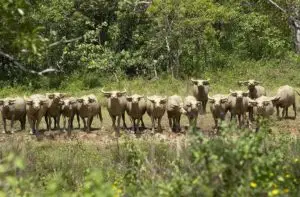
Karabao: Water Buffalo
Karabao or carabao are water buffalo introduced to Guam from the Philippines during the Spanish occupation (1668 – 1898) for farming. In and since colonial

Karabao or carabao are water buffalo introduced to Guam from the Philippines during the Spanish occupation (1668 – 1898) for farming. In and since colonial
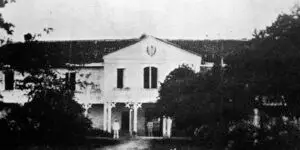
Two terms were used to differentiate the origin of the Spaniards residing In the 19th century colonial Philippines. A Spaniard born in Spain was referred
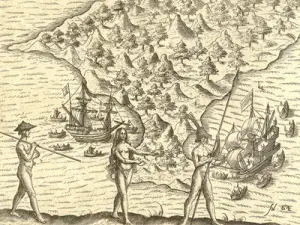
Spanish administrative term. This name is given to the primitive Indians with whom the Spaniards settled the peace agreements, although their descendants had mixed by
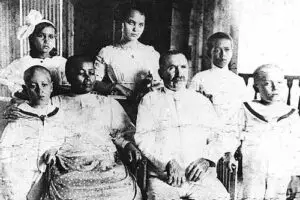
During Spanish colonial rule in the Marianas, the term mestizo (mestisu in CHamoru) referred to a person of mixed parentage. In its original context, as

Weaving continues to be an important practice on Guam. For thousands of years CHamorus have used Guam’s abundant foliage to produce useful and unique items.
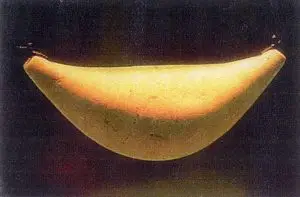
Ancient CHamorus donned various styles of necklaces called ålas and salape that were made of seashells and tortoiseshell. As is common throughout much of Oceania,

Carving is a ancient tradition on Guam and in the Mariana Islands. The craft was used for thousands of years to create utilitarian items as
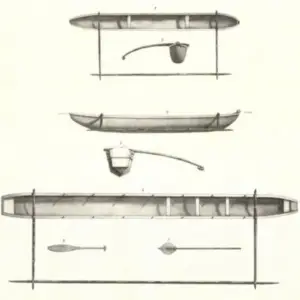
A systematic migration to and settlement of the Mariana Islands, about 3,500 years ago, would not have been possible without some degree of sophistication regarding
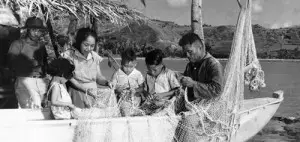
Manåmko’ is a Chamorro/CHamoru word which means the elderly. Manåmko’ can be translated into two words: The main word or subject is amko meaning elderly,

The term ko’lao yan fattoigue refers to the customary practice of bringing food to someone with whom you are visiting. Oftentimes, the visitor and the